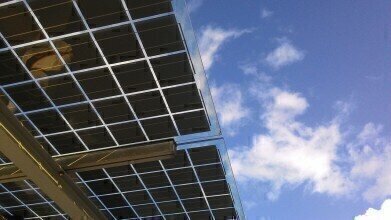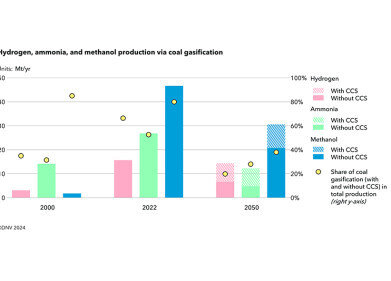Green Energy
Does Pollution Impact Solar Panels?
Aug 07 2020
The drop in emissions brought about by lockdown measures instituted across the globe have brought into sharp focus just how much air pollution negatively impacts the efficacy of solar panel technology. Those are the findings of a new report from Dr Ian Marius Peters of the Helmholtz Institut Erlangen-Nurnberg for Renewables Energies, who used New Delhi as a case study for his research.
As one of the most polluted cities on the planet, the Indian capital made for the ideal microcosm of how air pollution can obstruct the sun’s rays from reaching solar panels. According to Dr Peters’ conclusions, solar farms in Delhi experienced an 8% increase in their effectiveness during lockdown. While that may not sound like a huge amount alone, it could comprise countless GW hours of energy when the whole world’s solar capacity is taken into account.
The perfect case study
Indian regularly ranks as the most polluted country on the planet. Indeed, the latest outdoor monitoring solutions for particulate matter and black carbon reveal that India has 14 of the 20 most contaminated cities on Earth, with New Delhi coming in at number five. Moreover, the fact that the nation implemented a very strict quarantine regime, during which all 1.3 billion of its residents were required to stay indoors, means that the drop-off in pollution was more starkly observed than in some other countries.
These two factors made Delhi the ideal location for a study into how smog can negatively affect the functionality of solar panels. Thankfully, Dr Peters was already using the urban air quality monitors employed by the US Embassy in the Indian capital to monitor the effects of haze and pollution on solar panel yields, so doing so during the pandemic was the next logical step.
Blue sky thinking
Dr Peters indicated that he had expected to see a difference in the output of the solar panels during lockdown, but he was surprised by just how pronounced it was. On a cloudless day in late March, Delhi returned 950W of power per square metre of solar panel. Meanwhile, data gathered on numerous occasions between 2017 and 2019 showed a yield of just 880W/m2, pointing to an 8% increase in the effectiveness of the panels.
The negative fallout from this phenomenon is self-perpetuating. To begin with, less power is produced by renewable means, meaning that the shortfall must be made up using more polluting sources of energy such as coal. However, this back-up source of power creates more emissions, leading to more contamination and reduced efficacy of the solar panels going forwards. In this way, the technology becomes unsustainable. On the other hand, if solar was to be adopted on a wholesale basis, it would only become more advantageous as other, more damaging forms of energy generation were phased out.
Events
May 05 2024 Seville, Spain
May 13 2024 Munich, Germany
May 23 2024 Beijing, China
May 23 2024 Beijing, China
Jun 10 2024 Algiers, Algeria














